Fish have the most diverse vertebrae of most living things on the planet. The wide variety of these animals makes classifying them into specific groups necessary. Some fish even lack vertebrae and make way for numerous exceptions when being categorized into groups. Fish can be among the most exciting animals with their evolving anatomy and various functions. Their skeletons classify most fish and seafood, and a common query is raised to determine the kinds of fish that have fins and scales and those that do not. This also holds importance in the Jewish Religion, which highlights the unclean and clean types of fish to eat. Some fish lack common limbs or skeletal parts, yet they adapt perfectly to their environment. However, most fish in the food industry possess both fins and scales.
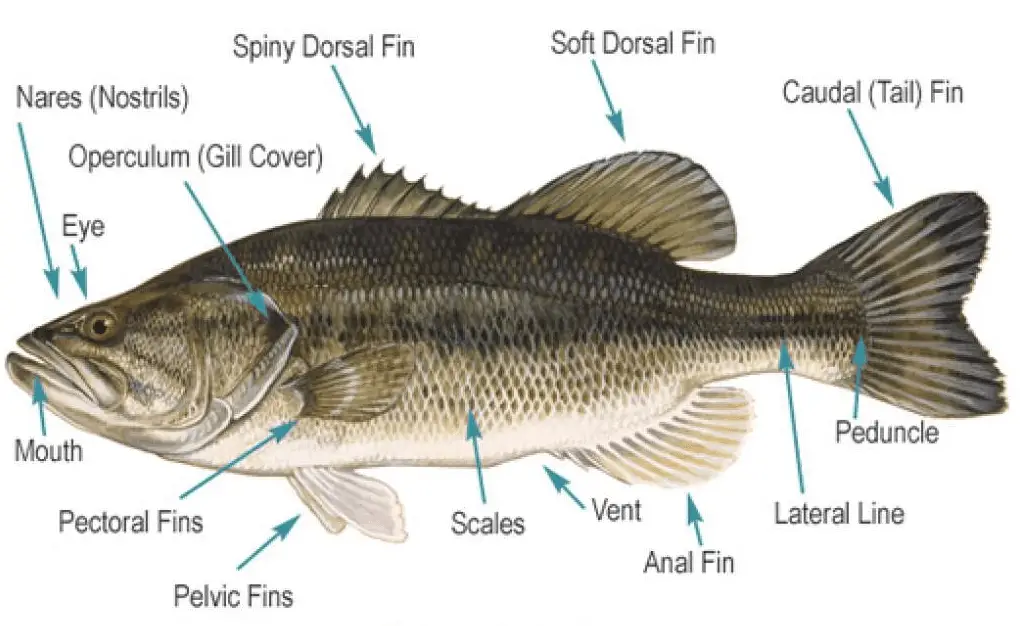
As we know from biology, fins help the fish swim, while scales cover the body.
Why do fish have scales?
Fish have scales because scales, like a suit of armor, protect their skin from various predators and other injuries. Additionally, scales protect fish against infection and parasites.
You can see that some fish have a toxic slime layer that helps during evolution to defend fish against predators.
Does salmon have scales?
Yes, salmon have scales that begin to grow at the fry stage. The scales overlap a flexible plating that protects salmon from bruising and predators.
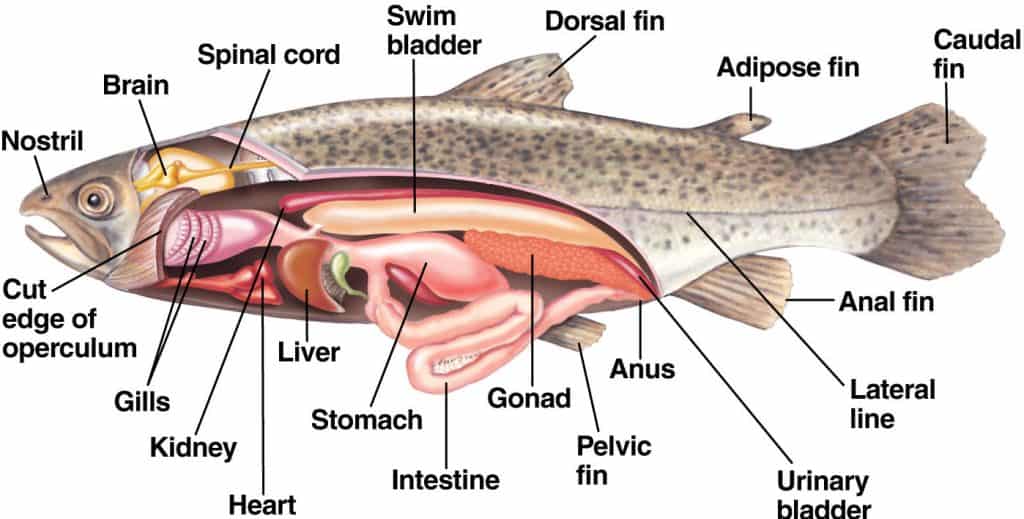
Over the past centuries, all living things have evolved to adapt better to rough environments and climates and fend for predators or prey. Similarly, fish have evolved over the years for the same reason. Considering this, the skeletal composition of a fish is essential to ensure its protection in water bodies from harmful predators, parasites, and physical injury. Fish mainly rely on their skeletal design, as the absence of limbs can make them susceptible to dangerous predators. The main parts of a fish that we learn about are the fins and scales. Regardless of the strength of a fish, fins assist in movement. But alas, all fishes need some form of protection.
Does flounder have scales?
Yes, flounder has scales. The flounder is kosher because it has both fins and scales.
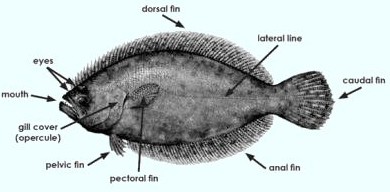
This is where we see the role of scales being highlighted, as scales evolved to protect small or comparatively weak fish against the environment and predators. The scales on a fish are usually complex, and they stretch throughout the body of a fish. This does not necessarily mean that the fish that do not have scales aren’t protected. They have difaren’t characteristics that prevent them from facing harm or trouble and adapting to harsh environments. Enhanced sensory organs compensate for the absence of scales in certain fish to protect themselves better.
We commonly mistake fish with smooth skin for scaleless fish; however, that is not the case. Most fish have small, thin scales that are nearly impossible to detect with the naked eye. However, most scaleless fish vary in behavior and morphology. Therefore, these fish are categorized to understand their behaviors better.
Fish without scales
Fish without scales are sharks, catfish, rays, skates, chimeras, moray eels, paddlefishes, sturgeons, combtooth blennies, sailfin blennies, hagfishes, and lampreys.
- Jawless fish are biologically termed Petromyzontiformes. These comprise lampreys.
- Chimaeriformes, which are known commonly as “Ratfish.”
- Anguilliformes, whic” compris” conger eel and moray eel
- Siluriformes, also known as catfish
- Myxiniformes, which are hagfish and agnate fish.
- Apart from these main categories, we also know Freshwater Blenny, a scaleless fish, swordfish, common sturgeon, and tiger sorubim.
Does codfish have scales?
Yes, codfish have scales. Codfish is kosher because it has both fins and scales.
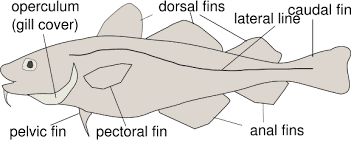
Do sardines have scales?
Yes, sardines have scales. However, sardines do not have scales on their head. Sardines are small, silvery, elongated fishes with a single short dorsal fin.
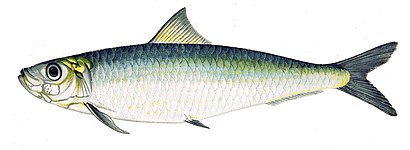
Does tilapia have scales?
Yes, tilapia has scales. Tilapia has a long dorsal fin, a lateral line that breaks towards the end of the dorsal fin, and two or three rows of scales below.
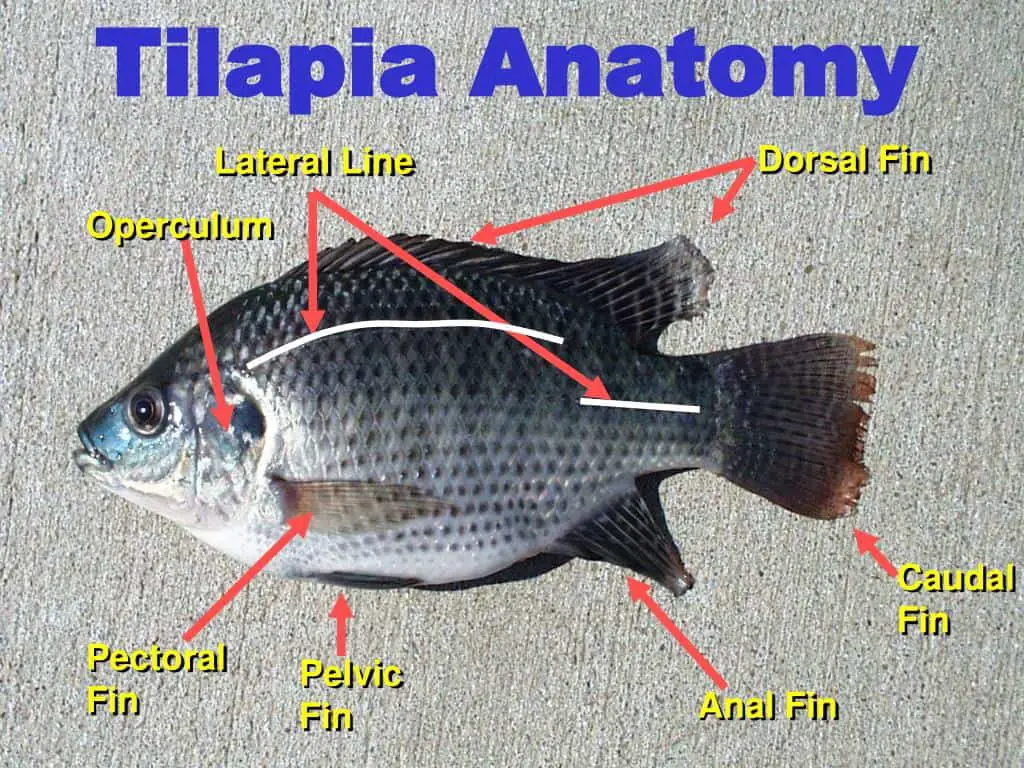
Similarly, fins are an essential part of fish anatomy. They help fish gain momentum and give them a lift, steering, and braking ability. As legs are to humans, fins are to fish. Modern fish have a vast array of fin structures and shapes. Certain fish have no scales, but they have fins. Naturally, a fish is heavier than water and requires fins to stay up. Still, not all fish have fins, and those without developed body parts don’t help them adapt quickly, so they are found in habitats made for them. Fish fins generally have seven main types.
In some cases, fish have an incomplete fin, and some have different variations of the same type of fin, such as a divided dorsal fin and a joint one. A fish’s anatomical evolution depends mainly on its habitat and environment and the type of water body it lives in. Widely known fish that have fins but no present scales are called tuna.
Fish with fins and scales
Fish with fins and scales are shrimp/prawns, scallops, lobster, oysters, mussels, octopus, squid, and crabs. Also, shellfish have no vertebrae and are encased in a hard shell. Examples of these are oysters, clams, and mussels. Similarly, shrimps, lobsters, and crabs are known as crustaceans, developed inside a hard outer covering.
However, fish with fins and scales are considered “true fish.” They are also called treasured fish in the Jewish religion and are widely preferred over other fish lacking scales or fins. Bass, cod, carp, flounder, halibut, herring, trout, mackerel, and salmon are more kosher fish (scales and fins).
Does tuna have fins and scales?
Yes, tuna has scales and fins. It is kosher because it has both. However, tuna has very few scales.
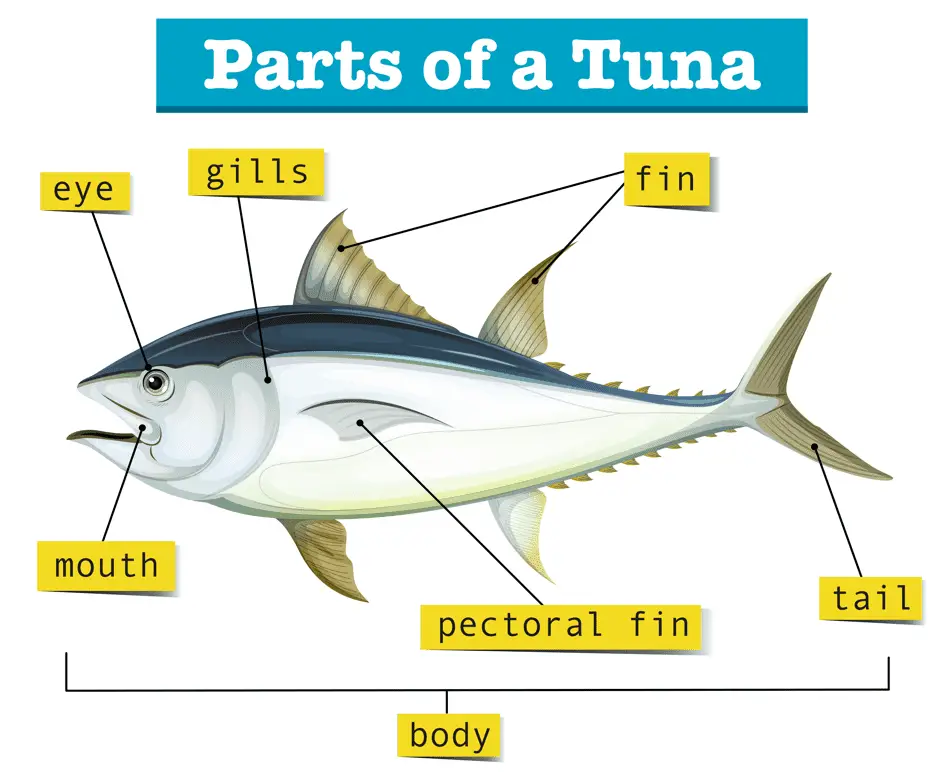
Does halibut have scales?
Yes, halibut have scales. However, halibut has tiny scales that are invisible to the naked eye because scales are embedded in halibut skin.
Other fish that have both fins and scales are grouper fish, tilapia, and red snapper.
Many of these fish are considered delicacies globally and can make up some of the most expensive dishes. Most fish require the removal of their scales, so it is easier to eat them. From a religious perspective, particularly Jewish, fish with fins and scales, at least one of each, are considered clean fish that can be eaten, and the ones with none are considered unclean.
However, regardless of certain skeletal parts in fish, some types of fish can be very harmful to eat, such as tilapia, Atlantic cod, Atlantic flatfish, and caviar. These are harmful to the consumer, and fish like Beluga sturgeon are almost endangered because their caviar is sought after.
Thus, like all living things, fish should be carefully handled and adequately researched to prevent harm. Besides, time allows for further evolution of these animals, which can reveal even more exciting facts about fish and their ever-changing skeletal structures.
- Facebook Ads to Get Followers! - December 27, 2024
- ClickUp vs. Slack - December 20, 2024
- Mastering E-Commerce Analytics: A Blueprint for Success






